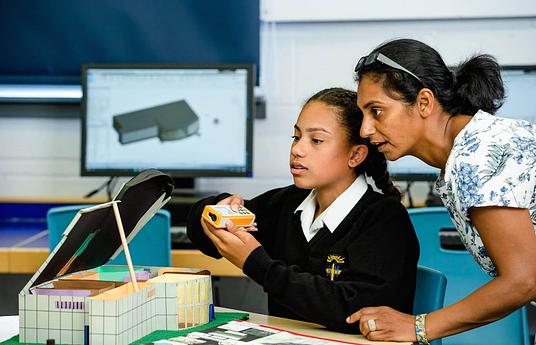Educational escape rooms are emerging as a new type of learning activity with the potential to enhance students’ learning through highly engaging experiences. However, conducting educational escape rooms effectively is very complex and there are no software tools available for this purpose. This lack of support is hindering the widespread use and adoption of these activities.
Escapp is capable of assisting instructors in all the steps of the process of conducting an educational escape room: student registration, team formation, control of the execution of the activity (management of resources, narrative events, and gamification elements during the activity), progress monitoring, hint management, and grading. Instructors must configure their escape room content in the web interface, share the link with the students and begin to play. Teachers may use the learning analytics dashboard to follow students' progress and make sure they progress through the different puzzles of the escape room. If they get stuck, students may ask for a hint preset by the teacher. This level of automatization allows many students to participate at once and thus scale up these engaging learning activities.
Escapp started in a couple of computer science courses at Universidad Politécnica de Madrid. It then spread to other courses in other schools of the same university. Now it is used in different institutions and disciplines and there are teacher training courses to instruct educators in the use of this platform as well as dissemination events. There are also several scientific publications that have relied on Escapp for conducting educational escape rooms and evaluating them.
The source code of Escapp, installation instructions and user manual are publicly available at https://github.com/ging/escapp. You can also try our public instance at escapp.es



